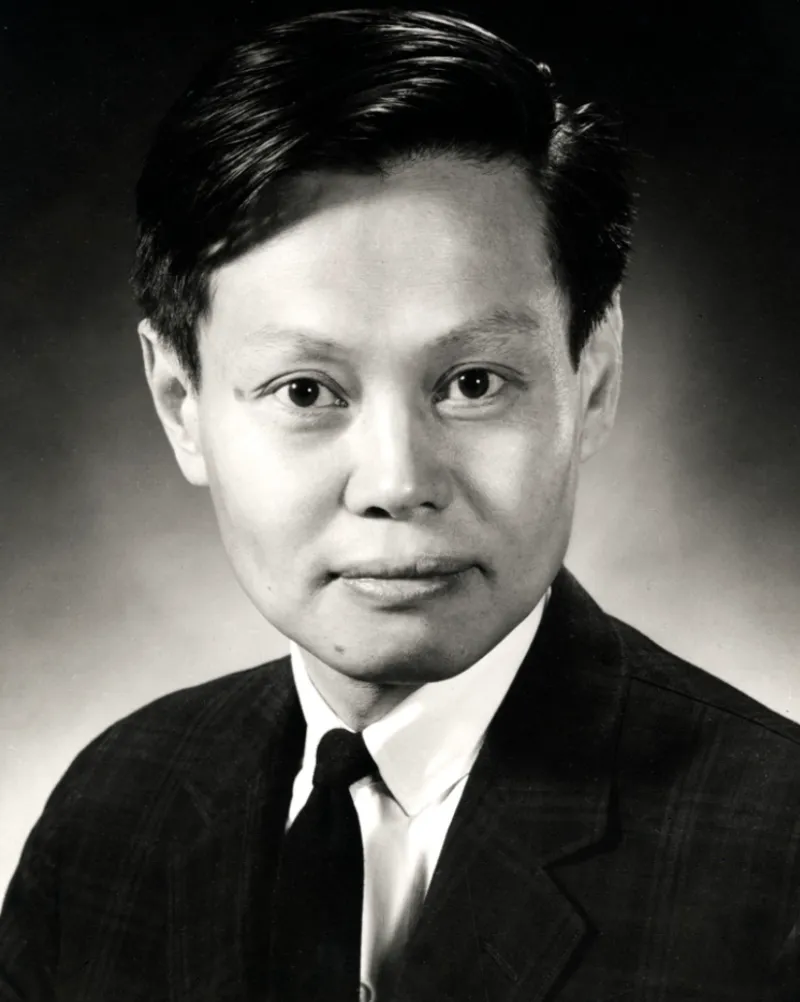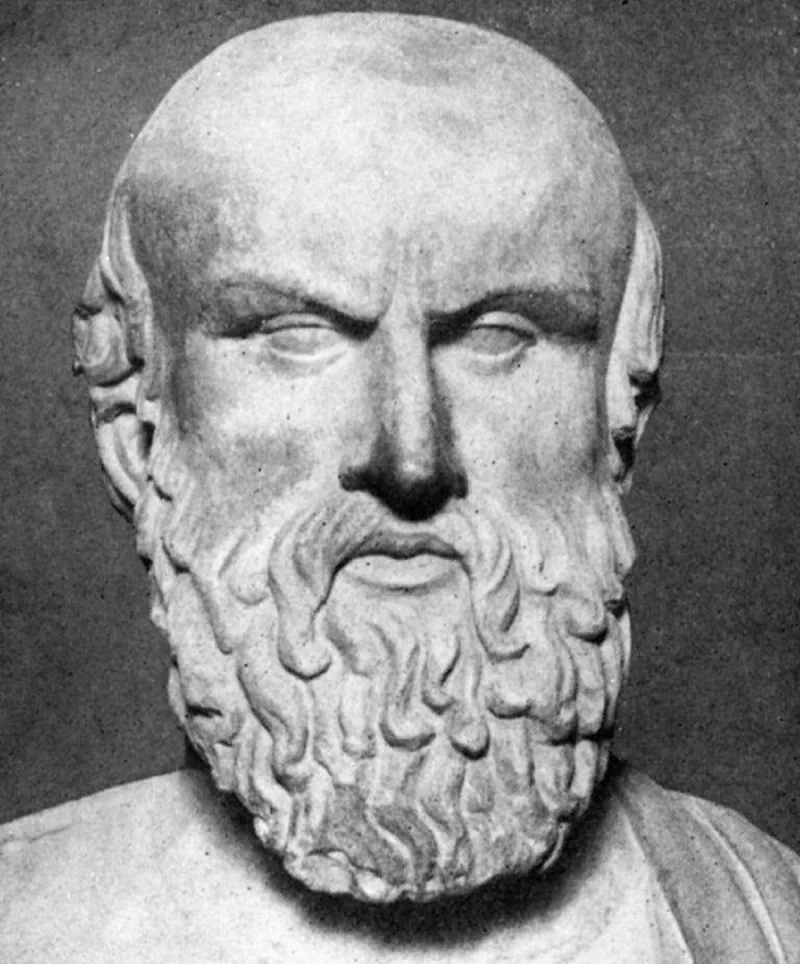Short Summary
Chen-Ning Yang is a renowned physicist celebrated for his significant contributions to theoretical physics, particularly in the field of statistical mechanics and particle physics. Born in China in 1922, he co-proposed the Yang-Mills theory, which became a cornerstone in the development of the Standard Model of particle physics. He was awarded the Nobel Prize in Physics in 1957, alongside Tsung-Dao Lee, for their work on the law of parity violation. Yang's groundbreaking research has left an indelible mark on modern physics.
Early Life & Education
Chen-Ning Yang was born on September 22, 1922, in Hefei, Anhui Province, China. His father was a mathematician, which greatly influenced his early interest in science and mathematics. Yang attended Tsinghua University in Beijing, where he earned his bachelor's degree in 1942. He then moved to the United States to pursue graduate studies at the University of Chicago, where he obtained his Ph.D. in 1948 under the supervision of Edward Teller. Yang's educational journey was marked by a strong foundation in theoretical physics, setting the stage for his future contributions.
Career Highlights
After completing his Ph.D., Chen-Ning Yang joined the Institute for Advanced Study in Princeton, New Jersey, where he collaborated with some of the most prominent physicists of the time. In 1954, he co-developed the Yang-Mills theory with Robert Mills, which has become a fundamental part of particle physics. In 1957, he and Tsung-Dao Lee discovered that parity is not conserved in weak nuclear interactions, leading to their Nobel Prize in Physics. Yang later joined the faculty at Stony Brook University, significantly contributing to the institution's rise as a center for scientific research.
Major Achievements
- Co-proposed the Yang-Mills theory, foundational to the Standard Model of particle physics.
- Won the Nobel Prize in Physics in 1957 with Tsung-Dao Lee for the discovery of parity violation in weak interactions.
- Served as a pivotal figure in the development of statistical mechanics and quantum field theory.
- Played a significant role in establishing the C.N. Yang Institute for Theoretical Physics at Stony Brook University.
Famous Quotes
- "The importance of a problem should not be measured by the number of people working on it."
- "In science, beauty is a guiding principle."
Interesting Facts
- Chen-Ning Yang became a U.S. citizen in 1964 but later returned to live in China in his later years.
- He has been a strong advocate for science education and international collaboration.
- Yang's work has influenced generations of physicists and continues to be a subject of study and research.
Legacy / Influence
Chen-Ning Yang's work remains foundational in theoretical physics, particularly in the realms of particle physics and statistical mechanics. His contributions, such as the Yang-Mills theory, are integral to the Standard Model, influencing countless subsequent research and discoveries. His legacy is also preserved through his efforts in promoting scientific education and fostering global cooperation in the scientific community.
FAQ
Q: Why is Chen-Ning Yang famous?
A: He is famous for his contributions to theoretical physics, including the Yang-Mills theory and the discovery of parity violation.
Q: What did he win the Nobel Prize for?
A: Yang won the Nobel Prize in Physics in 1957 for his work on the law of parity violation in weak nuclear interactions.
Q: Where did he receive his education?
A: He studied at Tsinghua University in China and earned his Ph.D. from the University of Chicago in the United States.









